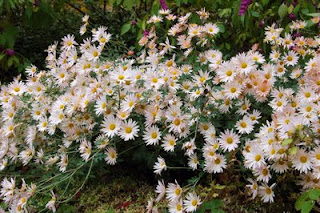
Book Review: Williamson, Donna (2008). The Virginia Gardener’s Companion: An Insider’s Guide to Low-Maintenance Gardening in
Winter is a great time to read garden books (I know, not a new observation). I have lots of good garden books and don’t often indulge myself with a new one (unless it is borrowed from the library). But, in the interest of single-handedly helping the economy through self gifting, I recently purchased this book. It is becoming rare for me to find a garden book in which I actually learn something, but I did with this book. Perhaps this is because of the specific advice Williamson gives to gardeners in
I learned a lot about soils, planting, berms and no-till gardening in this book. Her advice on pruning was spot on (I now believe I should not paint the wounds on a tree after pruning), especially her plea to be kind to crape myrtles and NOT prune them extensively (see my entry on this topic). Her faith in low-maintenance gardening was enlightening and fits my beliefs for the most part. I would recommend you read and remember her advice! (and read her mulch myths, for example: mulch does not really keep the soil moist). The only part of the book I did not like were her lists of plants- others have done this more extensively (see entry on the Southern Gardener’s Book of Lists).
I like it when a book stimulates my interest and sends me down a path of research and exploration. One thing I read that interested me was that I might be in an area with “beautiful” Pamukey soils, alluvial deposits from river flooding. Next time, I will tell you about my soil research, the verdict on my soil type and how you can do such a search yourself!
Happy gardening!


































